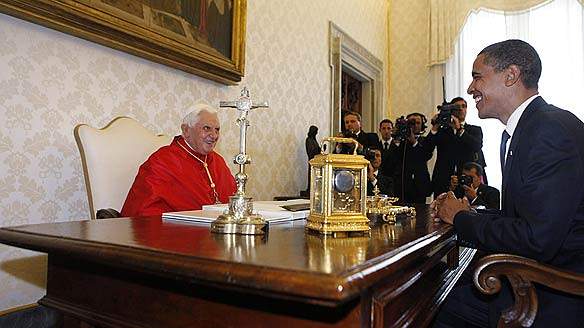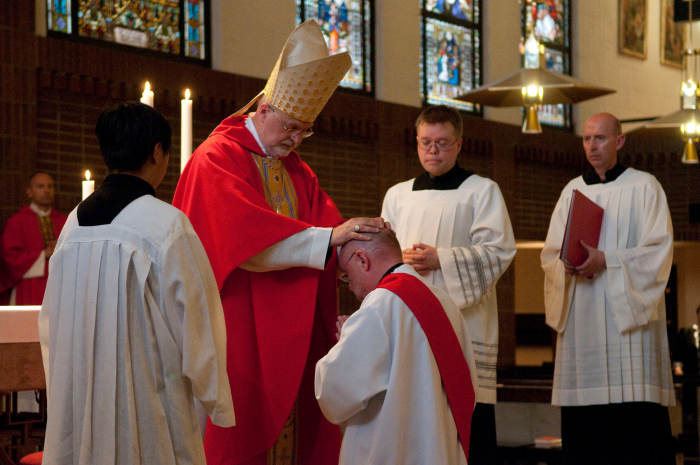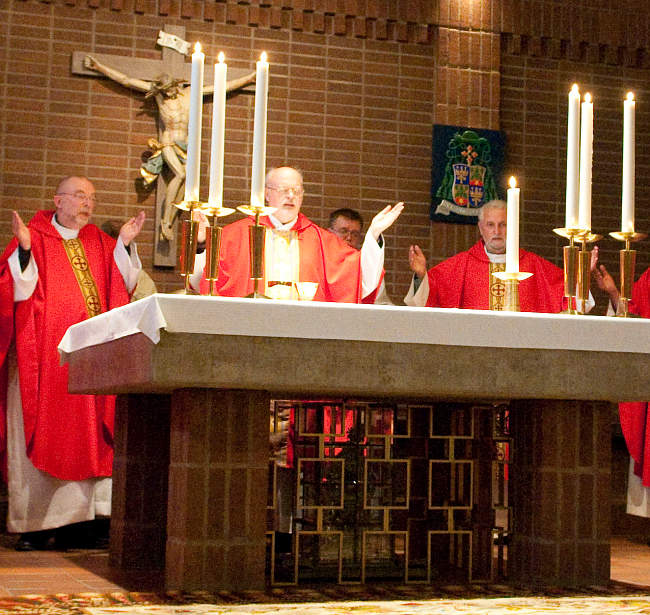Leder for den katolske organisasjonen Marriage Care, Terry Prendergast, har nylig holdt et foredrag for en (katolsk, homofil) gruppe som heter ‘Quest’. Og der har han sagt ting om ekteskapet som vil sjokkere mennesker med et (tradisjonelt) katolsk syn på ekteskapet: Ekteskapet er visst like mye et sakrament om det er mellom en mann og en kvinne, mellom to av samme kjønn, eller om man bare er samboende. Her tar jeg med litt av foredraget:
We also seem to run into a real problem immediately in our own Church which seems to have the rules really sewn up when it comes to defining family. It is man and woman, and children, and we have recently had this re-emphasised by Rome. We have had this definition reiterated often enough to know what the ‘rules’ are.
And whilst, it is possible to perceive these rules as an ideal type, it is also clear that some sections of the Catholic community see it as the norm, and not as ideal. So, other family forms do not partake of the Church’s blessing, in legislative terms, though it is also possible to perceive a more pastoral and compassionate view if you search. But, it is not the view purveyed by the Magisterium.
So, many families, and the individuals that make up these groups, other than married man, woman, and added child, find themselves discriminated against or denigrated. The list is long and current – single-parent families, re-constituted families (where the relationships are deemed to be irregular), cohabiting families, same-sex families. The irony for me is the way that all these attempt to live out good, Catholic lives whilst being judged and bracketed by those in authority, or those who appear to have reached the Kingdom already! … …
How these definitions are made by the State and Church are contained in what I have suggested above. For example, from the point of view of Church, a proper family must have a marriage in it – as I have just said, we have had this repeated over and over. As I have said elsewhere, I am more interested these days in the concept of the sacrament of relationships, rather than merely marriage, but this is certainly a bridge too far for our own Church. So, we do get a clear idea from Church, even if we don’t subscribe to it, of what family is, or isn’t!
The State is much more open to other forms and is perhaps driven by other considerations, not least the views of the electorate. But it is ironic that the State appears to be much more pastoral and compassionate in its acceptance of what family is. The fact that there are all kinds of benefits available for different family forms, and legal imperatives to support families suggests that the State is even more concerned for families than Church. … …
We should be less concerned, as Church, with the purely civil, and focus on sacrament that is more about the expression of the presence of God mediated through commitment, consent and covenant. Where this exists in married couples, in cohabiting heterosexual couples and same-sex couples, there is sacrament, I believe.
Les hele foredraget HER – og Damian Thomson kommenterer det HER.
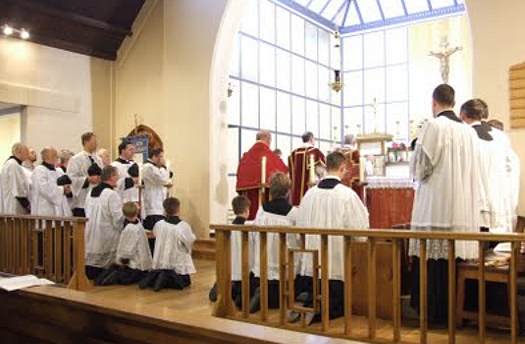
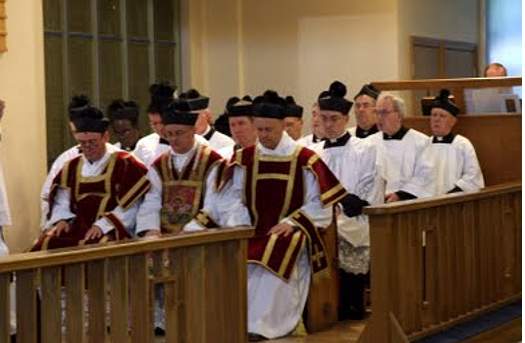


 Å lese gjennom og meditere over Kirkens liturgi – messen og tidebønnene først og fremst – hver dag gir my og god næring til vårt åndelige liv – leser vi på NLM-bloggen:
Å lese gjennom og meditere over Kirkens liturgi – messen og tidebønnene først og fremst – hver dag gir my og god næring til vårt åndelige liv – leser vi på NLM-bloggen: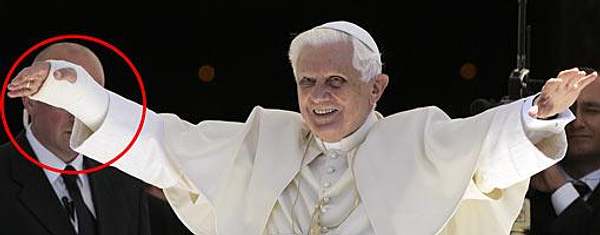
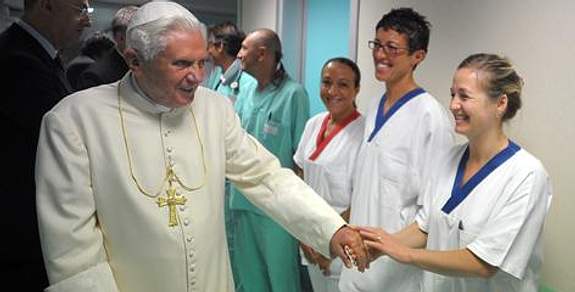

 I bispedømmet Fort Wayne-South Bend i USA kom biskop John M. D’Arcy for noen uker siden med nye regler for hvor tabernakelet skal plasseres i kirker innfor bispedømmet; i kirkens kor, helst midt i koret. Jeg ser på denne nyheten som et nytt eksempel på restaurerings-bevegelsen som vi nå opplever innenfor Kirken; å gjenopprette gamle og gode tradisjoner. (Heldigvis er det svært få katolske kirker i Norge som har tabernakelet plassert utenfor koret.) Slik skriver biskop D’Arcy:
I bispedømmet Fort Wayne-South Bend i USA kom biskop John M. D’Arcy for noen uker siden med nye regler for hvor tabernakelet skal plasseres i kirker innfor bispedømmet; i kirkens kor, helst midt i koret. Jeg ser på denne nyheten som et nytt eksempel på restaurerings-bevegelsen som vi nå opplever innenfor Kirken; å gjenopprette gamle og gode tradisjoner. (Heldigvis er det svært få katolske kirker i Norge som har tabernakelet plassert utenfor koret.) Slik skriver biskop D’Arcy: